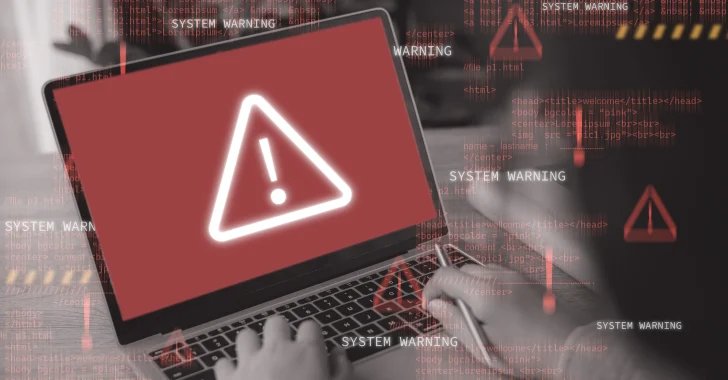Essential Insights
-
Evolving Ransomware Threat: Ransomware attacks now target backup infrastructures first, crippling recovery capabilities by disabling backup agents and exploiting vulnerabilities, making traditional defenses insufficient.
-
Common Vulnerabilities: Inadequate separation and dependence on a single cloud provider for backups significantly heighten risk. Attack techniques include exploiting Active Directory and misconfigurations to access backup systems.
-
3-2-1-1-0 Backup Strategy: Modern defenses require the 3-2-1-1-0 approach: three data copies, on two media types, with one offsite, one immutable, and zero errors. This ensures resilience against sophisticated attacks.
- Securing Backup Environments: Best practices for cloud and on-premises backups involve rigorous segmentation, MFA, strict access controls, and using hardened systems to protect against vulnerabilities and ensure data integrity during recovery.
The Core Issue
Ransomware has evolved into a highly organized and insidious threat, with cybercriminals now systematically undermining backup infrastructures before seizing production environments. By targeting backup systems—disabling agents, deleting snapshots, and exploiting vulnerabilities—attackers aim not just to disrupt access but to obliterate recovery options altogether. This methodical assault stems from an understanding that the traditional defenses are inadequate for the sophisticated tactics employed today, leaving organizations alarmingly vulnerable and increasing the likelihood of ransom payouts.
In response to these alarming developments, IT professionals are encouraged to reevaluate their backup strategies through the 3-2-1-1-0 framework. This protocol advocates maintaining three data copies stored on two media types, with one offsite immutable copy, and zero backup errors. Key defenses against a growing gulf of vulnerabilities include deploying a dedicated backup server in a secure local network, implementing robust access controls, and ensuring isolation from production systems. Solutions like Datto’s Business Continuity and Disaster Recovery platform enhance organizational resilience by ensuring seamless local and cloud recovery, thereby allowing businesses to not only withstand the relentless rise of ransomware but also achieve unwavering confidence in their data recovery processes.
Risks Involved
The pervasive risk posed by ransomware attacks extends far beyond the immediate victim, potentially disrupting the operational fabric of interconnected businesses, users, and organizations. If one entity falters, others may face cascading effects; compromised data integrity can lead to downtime, reputational damage, and financial losses that ripple through supply chains. For instance, organizations reliant on a common service or infrastructure could find themselves vulnerable if a peer suffers an attack that exposes shared vulnerabilities, resulting in loss of consumer trust and operational paralysis. Additionally, data breaches can facilitate regulatory scrutiny, straining resources across sectors. Ultimately, the failure to fortify backup strategies against such sophisticated threats jeopardizes not just individual enterprises, but the entire ecosystem reliant on digital infrastructures, emphasizing the urgent need for a robust, interconnected defense approach to cybersecurity.
Possible Next Steps
Timely remediation is crucial for safeguarding backups, ensuring that data integrity and accessibility remain intact amidst potential threats.
Mitigation Steps
- Regularly update backup protocols.
- Utilize encryption for data security.
- Test backups to verify integrity.
- Implement multi-factor authentication.
- Isolate backup systems from main networks.
- Schedule routine audits of backup processes.
- Develop a comprehensive incident response plan.
NIST Guidance
NIST Cybersecurity Framework emphasizes proactive risk management and continuous improvement in backup strategies. For detailed guidelines, refer to NIST Special Publication 800-34, which focuses on contingency planning for information systems.
Advance Your Cyber Knowledge
Explore career growth and education via Careers & Learning, or dive into Compliance essentials.
Access world-class cyber research and guidance from IEEE.
Disclaimer: The information provided may not always be accurate or up to date. Please do your own research, as the cybersecurity landscape evolves rapidly. Intended for secondary references purposes only.
Cyberattacks-V1

